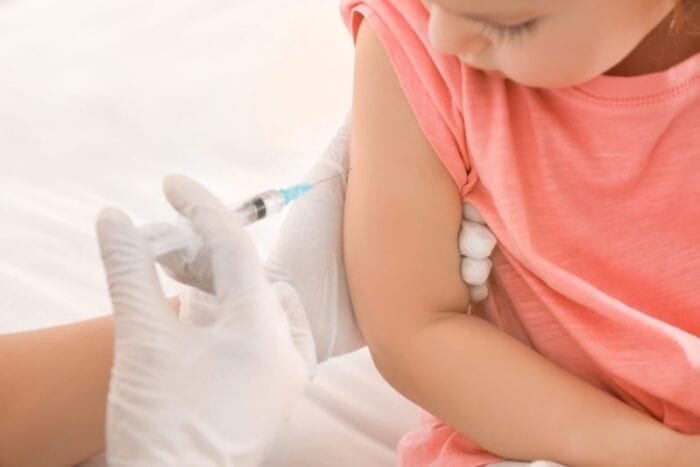WHO Added The Anti-Vaccine Movement As A Top 10 Health Threat Of 2019
The World Health Organization lists the top 10 health threats facing the whole world each year, and for 2019 they have named vaccine hesitancy as one of those top ten.

Read 5 Reasons Not To Vaccinate Your Kids.
If it’s not enough, this isn’t an epidemic, this isn’t a disease. It’s full-on listed by the WHO as a hesitancy. Vaccine hesitancy is a top ten world health threat.

Just what is vaccine hesitancy? According to the WHO, it’s “the reluctance or refusal to vaccinate despite the availability of vaccines.”
Which basically means people won’t take vaccines even when they have full access to them.

What can we do? How can we get more people to vaccinate themselves and their children?
That’s just it, beyond taking care of our own children and ourselves, beyond making sure WE get vaccinated, there isn’t really a whole lot we can do to convince others to get vaccinated or to vaccinate their children.
It’s a choice that others get to make, but it’s also a choice that is affecting others. So, what now?

Most people who choose not to vaccinate do so because of lack of education more than anything else. And not just education about vaccines, but education about how to get them, and where.
The WHO has plans to eliminate cervical cancer worldwide by increasing coverage of the HPV vaccine, and are also planning on getting rid of the poliovirus in Afghanistan and Pakistan. The WHO is committed to supporting these countries and eradicating polio for good.

Other worldwide threats include ebola, the flu, and air pollution.







First of all, i appreciate the World Health Organization (WHO) who work the human health. It is one only Organization in the world who provide free vaccine. Now WHO has plans to eliminate cervical cancer worldwide by increasing coverage of the HPV vaccine.